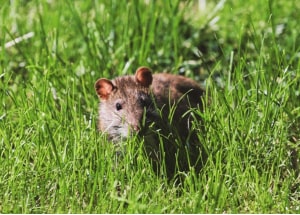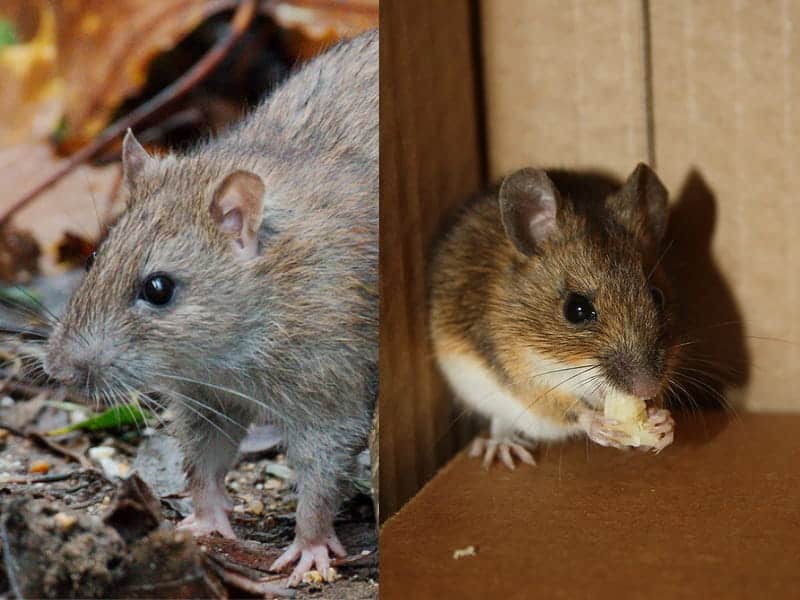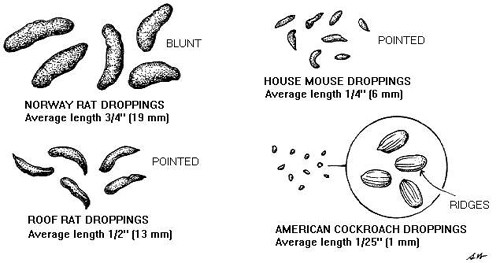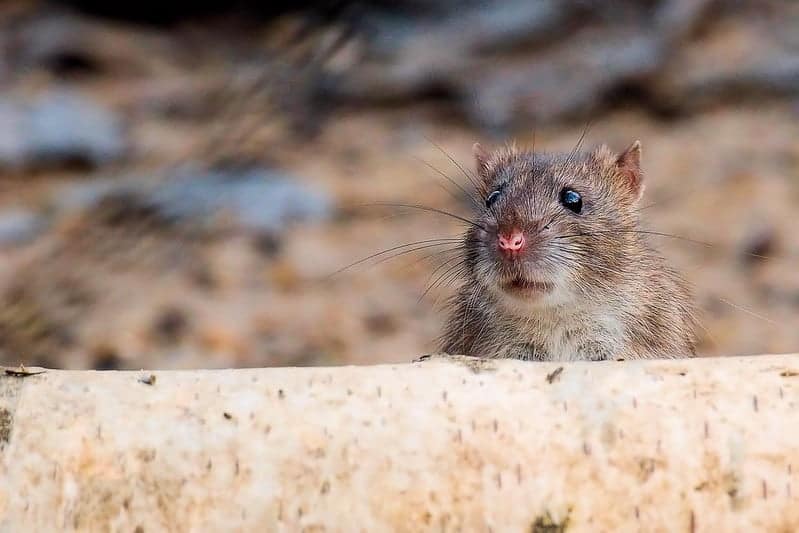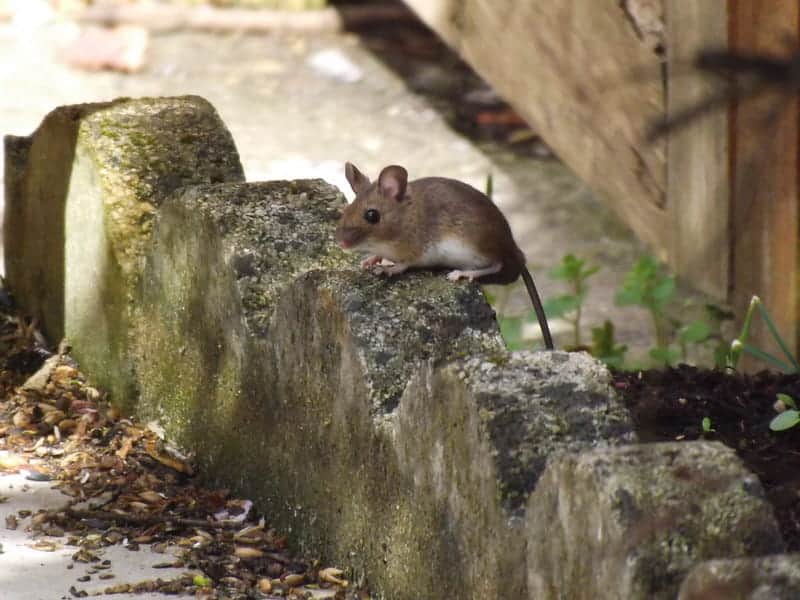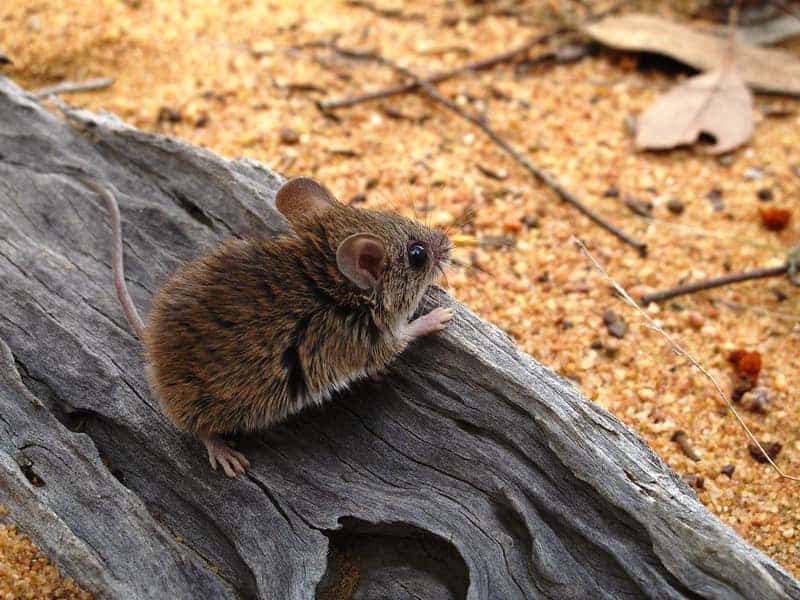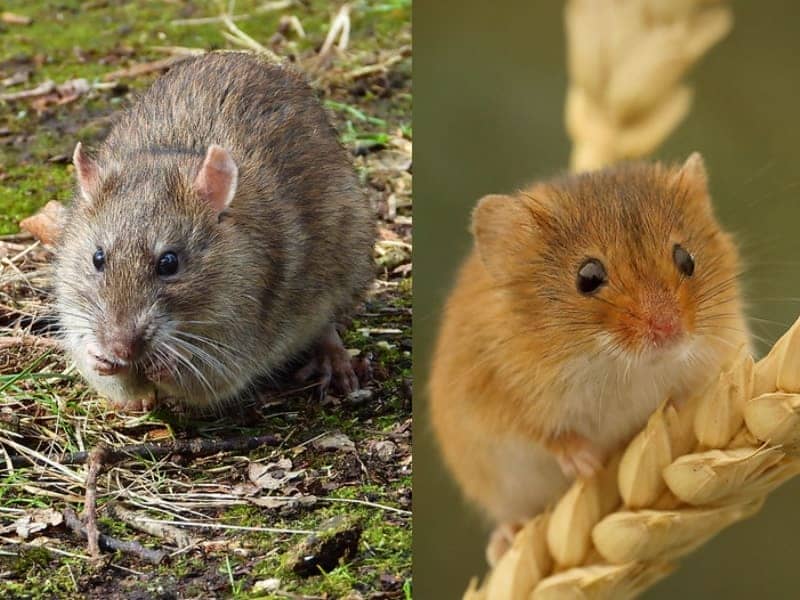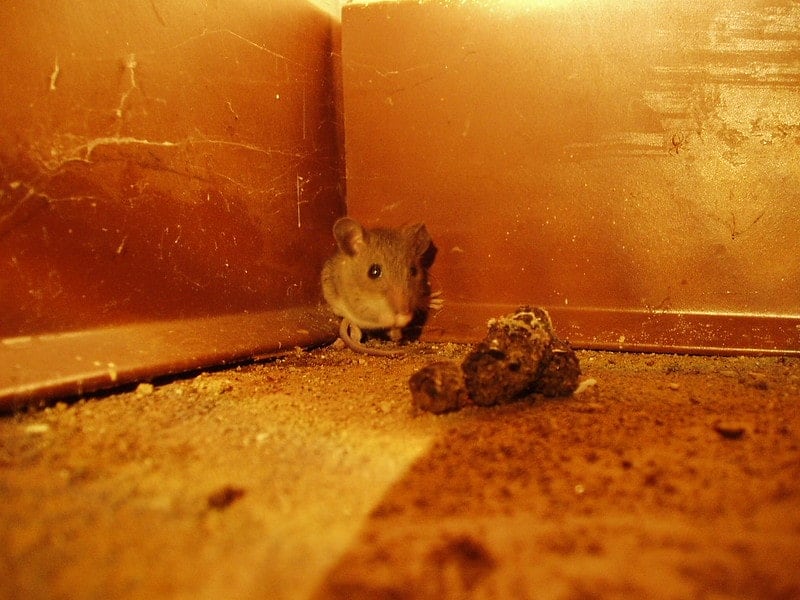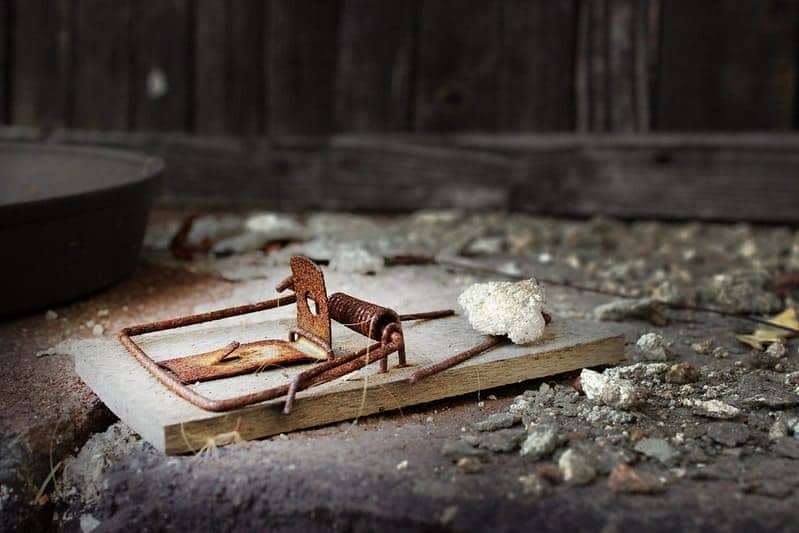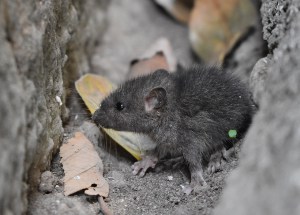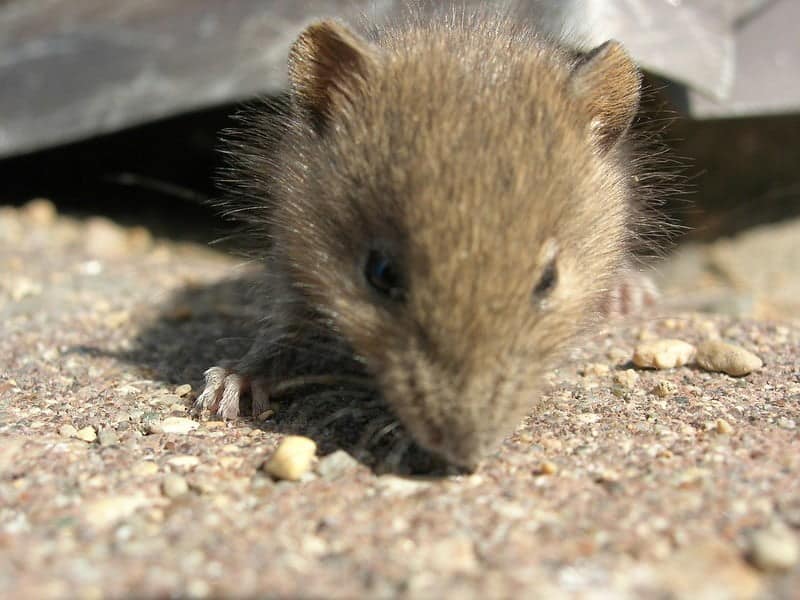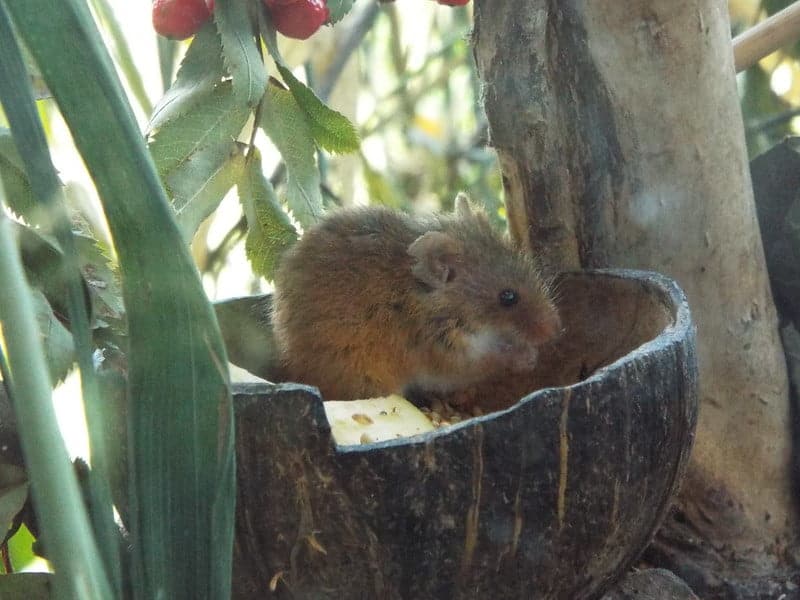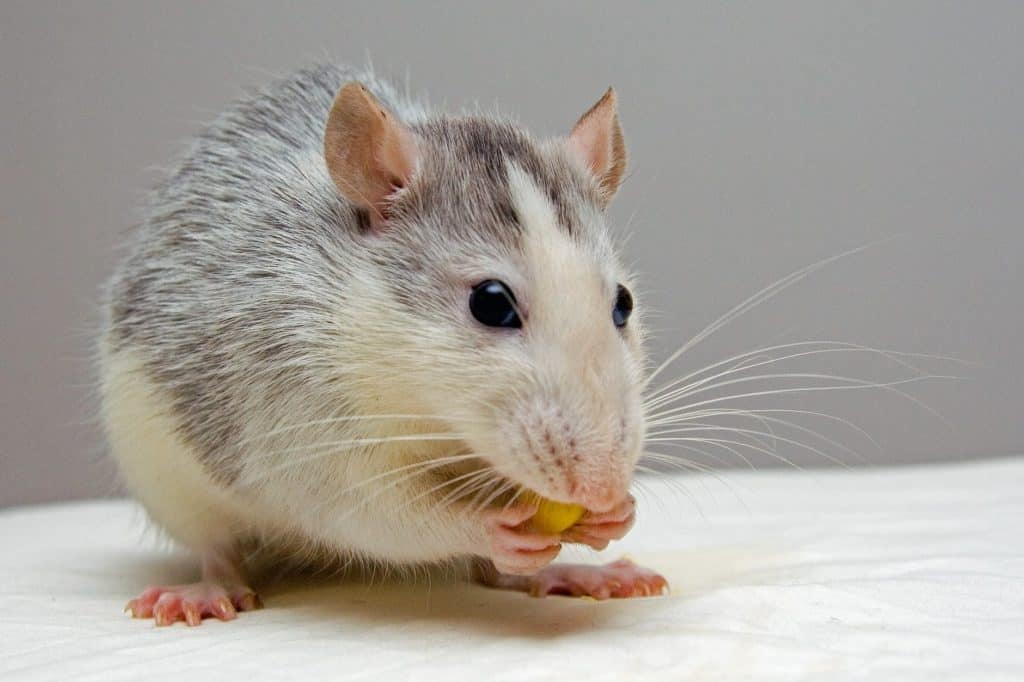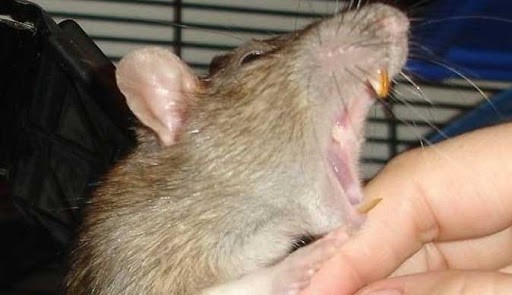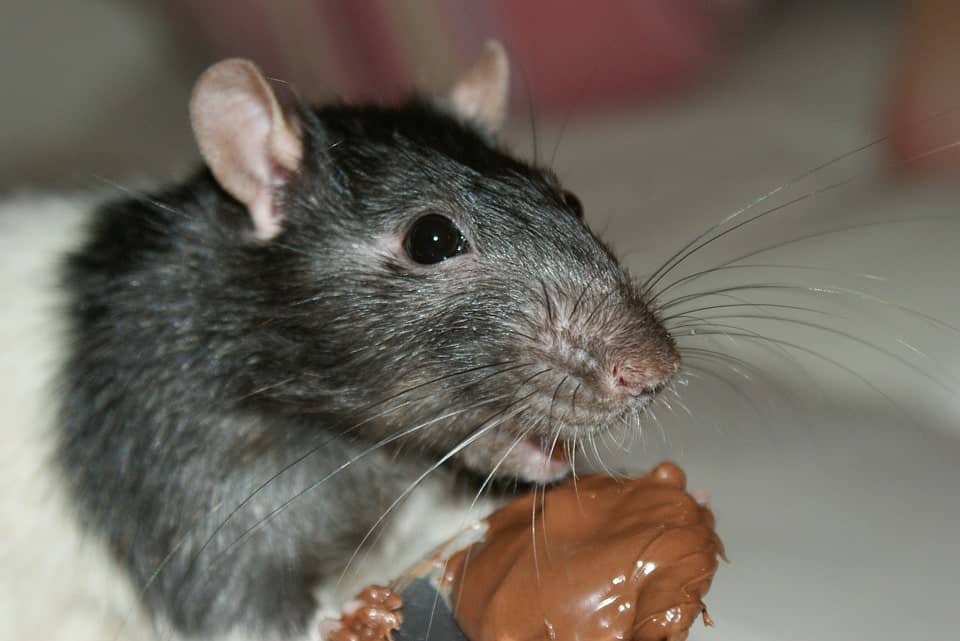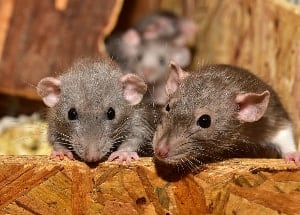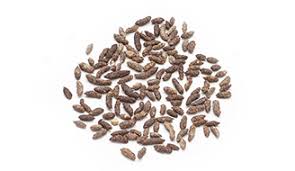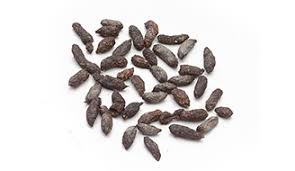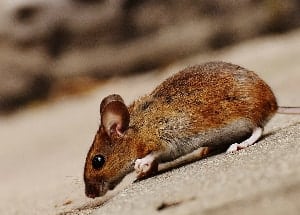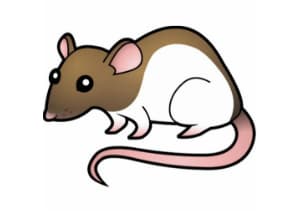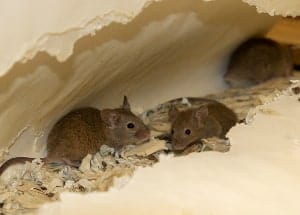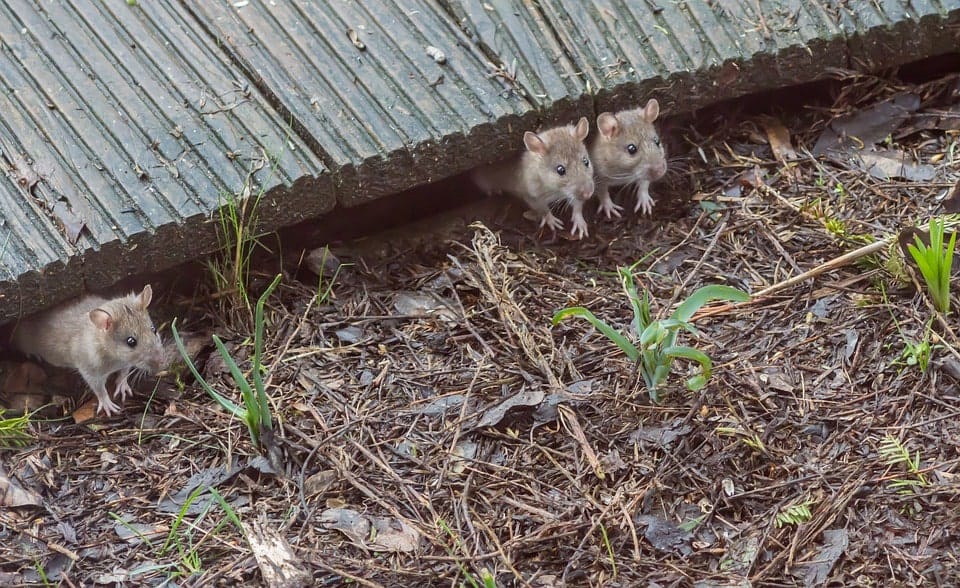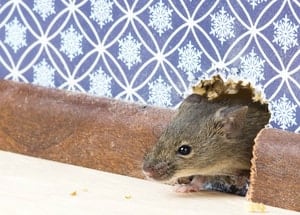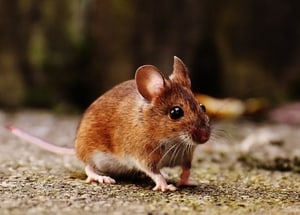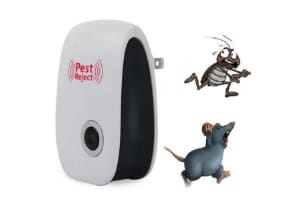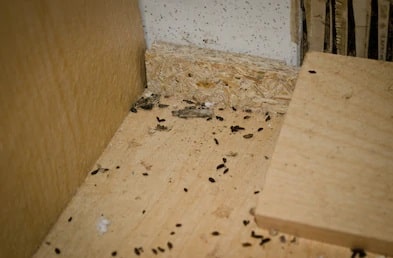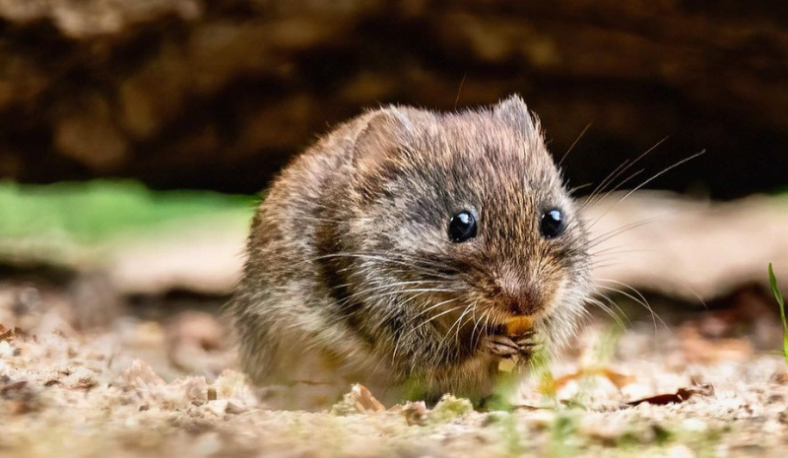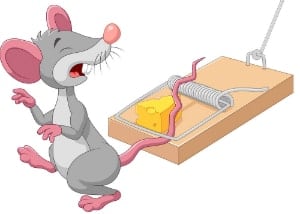Despite the fact that almost all people think that mice and rats have only one noticeable difference — their appearance, the size in particular — there are a lot of other very important distinctions. Why do you need to know the differences between these two rodents?
The answer is simple — both rats and mice are one of the most common rodents in modern houses. Moreover, they are known for their quick ability to adapt to the human environment. Hence, by understanding the difference between these pests, you can implement more effective rodent control effects.
Rat Versus Mouse: a Full Guide
Imagine the situation that you are cooking in the kitchen, listening to music, being completely relaxed and immersed in your thoughts. And suddenly, a rodent runs across the floor. Can you distinguish a mouse from a rat in this state and select the right anti rodents remedy?
In fact, for the vast majority of people, it is very easy to determine whether it is a rat or a mouse if they have a sufficient amount of time. But what should you do in such a situation? Below, I have collected the most noticeable differences between these two rodents, so you can quickly distinguish a rat from a mouse.
What Is the Difference Between Mice and Rats?
After reading this section, you will be able to distinguish a mature rat from a mouse. Moreover, you will also determine whether you have seen a baby rat or mouse.
Mouse vs Rat Droppings
One of the easiest ways to determine whether you have a rodent infestation at home is by droppings. You need to understand that there are a lot of different types of mice and rats, and not all of them can live in your house.
For example, there are more than 70 various species of mice and rats that live in North America, but only three of them can break into your house: roof rat, Norway rat, and a common house mouse. If you identify the rodent type correctly, then you can kill them very fast and take action to reduce the risk of infection in the future.
The droppings can say a lot about the type of rodents you have. They vary by size and shape. It is a frequent mistake when people confuse rat droppings with that of a mouse, and mice with roach. In short:
- The droppings of a roof rat have the shape of spindles and dark brown color;
- You can be sure that you have a Norway rat if you found the droppings that look like the capsules (they are long and thin);
- Finally, the rod shape of the droppings are evidence of the mice infestation. This rodent has the smallest droppings as compared to the species described above. The average length is about 3-8mm.
Rat vs Mouse Size
Even if you have never faced the rodent infestation at home, you most probably heard that mice are much smaller than rats. For example, the common mature home mouse has an average length of two to four inches. At the same time, the mature rat is about seven to nine inches. The difference is more than twice!
But how to distinguish a baby rat from a mouse? It may be tricky to do since the sizes of an adult mouse and a baby rat can be the same. In such a situation, I recommend you to compare these two rodents in terms of other characteristics.
For example, it can be a body length, a tail, a color, and so on. Another recommendation is to take some time and examine various images after you will finish this article. It is essential to find the photos taken in real life. Maybe, at first, it will be difficult for you to distinguish a mature mouse from a baby rat, but do not give up! A little time and practice, and you will succeed.
Mouse Tail vs Rat Tail
As I have mentioned above, the rats are much bigger in size. In centimeters, a common house mouse measures from twelve to twenty centimeters and weighs from twelve to thirty grams. These dimensions include a tail. At the same time, the average length of a mature rat is about forty centimeters.
Consequently, the mice’s tails are much shorter than those of rats. Moreover, they are thinner and have some hair while rats’ tails are commonly scaly and hairless.
Mice Body Length vs Rat Body Lengths
Now, let’s observe rodents’ bodies. As I have mentioned above, there are three main rodent types that can penetrate your house: Norway rat, roof rat, and a house mouse. It is very easy to distinguish them considering the body only. First of all, a rat compared to mouse is significantly bigger.
Below, I point out the more detailed characteristics that will help you to differentiate a rat vs mice:
- Roof rats: they have a fairly light and slender body, which allows these rodents to penetrate even the narrowest gaps. Their fur color is gray, but with a touch of black. The coat is very smooth, and the tail is dark;
- House mouse: its body size will be correspondingly two times smaller than that of a rat. A mouse features a tiny head and a rather pointed muzzle. Moreover, its body color is likewise different: it is light brown with a gray tint and a dark tail;
- Norway rat: it has the heaviest and thickest body among all the rodents on the list, as well as a blunt muzzle. Its body color is brown, with a black tint (sometimes it is difficult to distinguish this dark brown shade from black one, especially in the dark). The tails of Norway rats are dark above and pale on the tips.
Mice Ears vs Rat Ears
When it comes to ears, rats have bigger ears than mice, though not in respect to their body size. I mean, if you see a rodent with quite noticeable ears, then, most probably, it is a house mouse. Here is a more detail overview of the home rodent ears:
- Roof rat: large and hairless ears;
- Norway rat: small and short ears with dark hair;
- House mouse: short and rounded ears with some bunches of light brown hair.
Mice Behavior vs Rat Behavior
The last thing I want to tell you about rats and mice is their behavior. From my experience with these pests, it turned out that it is easy to determine whether you are dealing with a rat or a mouse by the way they behave. Also, the places where you noticed these rodents do matter. I used to think that rats are cautious rodents, while mice are curious ones (that is why you can notice a mouse in the kitchen in the afternoon more often than a rat).
Rats are very careful pests. They do not like new things and try to avoid them. Commonly, rats are making a path that they are often using to get food. Therefore, the traps are not always an effective way to fight against rats. For them, it is a new thing on the path that rats are trying to avoid.
On the other hand, mice are more curious and like to investigate something new. Consequently, traps are an effective way to kill them. You should find the path a mouse uses to get food and place the trap there. If you did not catch the animal in the first several days, then it is the wrong place, and you should move it.
Related Post: Best Mouse Traps Reviewed.
Identify Whether You Have Rats or Mice in House
So, now you know some physical characteristics that distinguish rats from mice. Briefly, there are three types of rodents you can meet in your home: Norway rat, roof rat, and mouse rat. In short, they vary by body size, ears shape, tail length, and even the droppings they leave.
To summarize, here is a detailed overview for your convenience. I hope that you will find this summary useful and will learn how to distinguish a rat from a mouse based on the following features.
- Norway rats: they are cautious animals; therefore, traps are not an effective way to get rid of them. Norway rats have a thick, heavy body with dark brown hair. The tail is black on top but it is pale in the end. The ears are quite big in size. The mature Norway rat weighs about 300 grams and produces long and thin droppings that look like capsules;
- Roof rat weighs less than a Norway species — about 200 grams. It has a slender dark gray body with a long dark tail. The ears of roof rat are large and hairless;
- House mouse is a small rodent, only several centimeters in length. It is a very curious animal with a light brown body and dark tail. It has very small droppings that are easy to confuse with the roaches ones.
Common Mouse & Rat Treatments
There are a lot of treatments that can help you to keep mice and rats under control. To make you familiarized with this variety, I want to describe them briefly. There are treatments that are harmless to your family members (including children) and pets.
Among them are non-toxic traps and some poisons. Remember, that in case you have a rat infestation, you should not use the traps, they are effective only against mice. The poison can be in a liquid or in solid state.
In addition, you can buy sprays. Based on my tests with these products, I do not recommend you to use sprays. The reason is they are effective only if you spray this remedy directly on a rodent, otherwise, it is not efficient. Finally, although there are a lot of different remedies that you can use at home, before purchasing them I highly recommend you to evaluate the level of infestation.
If you have a lot of rodents, then the wise decision will be to call the rodent control management company.
FAQ Section
Here, I collected the most frequently asked questions from different forums and rodents control sites. As you know a lot about the rodents by this point, my answers will be short yet precise.
Can You Have Mice and Rats at the Same Time?
Yes, I know the cases when there are mice and rats the same time and in one building. Norway rats usually live on the lower floors, while roof rats dwell on the upper floors. House mice can live wherever.
How Big Do Mice Get?
As I have already described above, mice are much smaller than rats. Usually, a mature mouse measures from twelve to twenty centimeters, and it is with a tail! The weight of the animal is from twelve to thirty grams.
Who Causes More Damage Mouse or Rat?
It is hard to answer this question in several words. First of all, both rats and mice spread diseases and infections. Secondly, they can be a cause of great damage to your house as well as eat the food, both of humans and pets. Therefore, if you notice any of these rodents at home, you should call rodent control companies or purchase a poison immediately.
Can Rodents Cause Health Problems?
Yes! All rodents can pose a serious risk to your health as they spread various diseases that can be transferred to people. Among them are Hantavirus Pulmonary Syndrome, Leptospirosis, Lymphocytic Choriomeningitis, and so on.
Rats and Mice: Summarizing the Differences
I hope that after reading this guide, you formed a solid understanding of the main differences between rats and mice. We have discussed a lot of distincts:
- The behavior;
- The body size;
- The tails and ears look;
- The shape of droppings, etc.
So, when you see a rodent another time, you will not ask yourself: “Is it a rat or a mouse?” I just want you to remember that rodent infestation is a serious problem; therefore, you need to react immediately. Did you face rats or mice at home? How did you get rid of them? Share your experience in the comment box below.
References:
- Reducing the risk of human infection from pet rodents (Health Protection Agency):
https://assets.publishing.service.gov.uk/government/uploads/system/uploads/attachment_data/file/321715/Reducing_the_risk_of_infection_from_pet_rodents.pdf - About Rats and Mice (U.S. Environmental Protection Agency):
https://www.epa.gov/rodenticides/about-rats-and-mice
